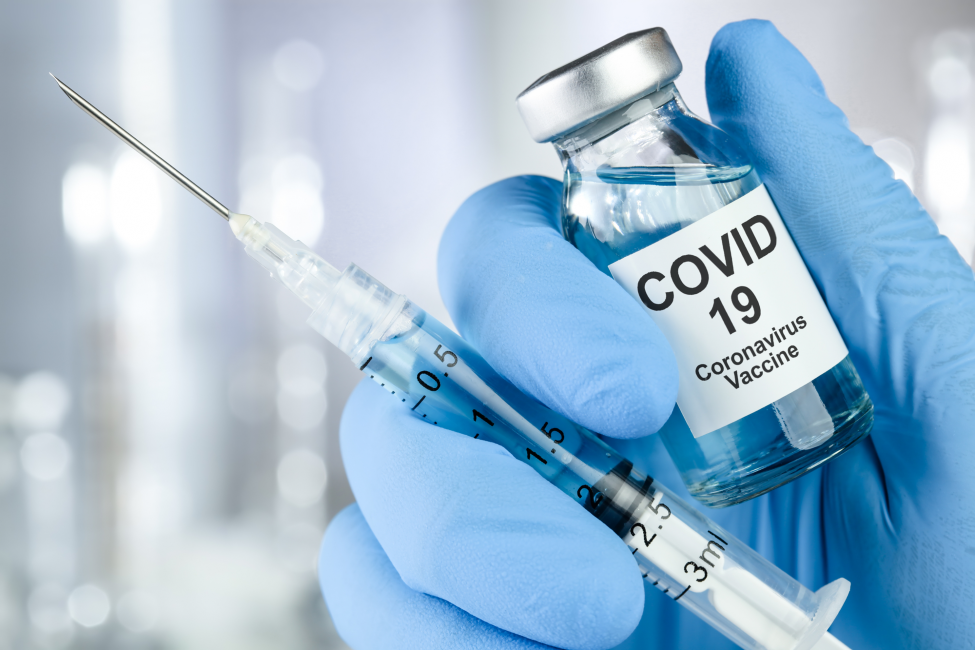Experts feel heterologous boosting and focus on drugs is the way forward
New Delhi, NFAPost: It took India 548 days to administer 2 billion Covid-19 vaccine doses to its population of 1.39 billion. On Sunday, it touched the 2-billion milestone – the only country in the world to do so.
Union health minister Mansukh Mandaviya tweeted that “17th July 2022, a day to remember forever”
The first 500 million doses were administered in 202 days after the world’s second most populous country started its vaccination drive on January 16, 2021. The second and third 500-million doses were achieved in quick succession of 76 and 79 days, respectively, as India battled through second and third waves led by the Delta and Omicron variants. The journey from 1.5 billion to 2 billion doses was rather a slow one as India inched towards the flag post in 191 days.
Over two-thirds of India’s population above 15-years is fully vaccinated. The next ambitious target is to vaccinate everyone with a precautionary dose or a third shot.
India has a long way to go before it comes within shouting distance of achieving 100 per cent booster dose coverage. Only 3.9 per cent of India’s eligible population has received a booster dose, compared to 77.6 per cent in Singapore, or 37.7 per cent in the US.
Centre’s latest campaign – Azadi Ka Amrit Mahotsav to celebrate the 75th anniversary of India’s Independence – is showing results. On day 1 of the free boosters for all adults, India administered 2 million doses, of which 1.49 million shots were precautionary doses – a jump of 95 per cent over the previous day.
With the government’s free booster dose campaign, the offtake in the 18-59 years age group is picking up ahead of the festival season. The move is expected to liquidate the inventory of vaccines nearing the end of shelf life.
Experts say regular boosting is not practical or feasible
Shahid Jameel, senior research fellow at Green Templeton College, Oxford University, told Business Standard that 2 billion doses is a big achievement, even though our large population limits the percentage coverage. “It’s just a number, and the strategy does not change,” Jameel said, adding that India needs to continue its focus on increasing second dose and booster dose coverage.
He also emphasised that continued surveillance, especially of sewage water, genomic sequencing to learn about new variants, is critical.
“One needs to continue to keep an eye on hospital admissions and capacity and also communicate clearly that the pandemic is not over so any non pharmaceutical interventions should be continued voluntarily. A future with regular boosting is neither feasible nor practical.
A drug is needed for severe infections. Paxlovid shows some use, though not as much as initially reported. The need is to clinically test other potential drugs,” Jameel said.
Experts also suggest that it’s time to move away from homologous boosting – the third shot is of the same vaccine as the first two. “Use global (including Indian) evidence to move away from homologous boosting. It’s not the best use of vaccines,” Jameel added.
Gagandeep Kang, microbiologist and professor at Christian Medical College, Vellore agreed.
“We probably need boosters for the elderly and co-morbid, but which boosters and when is not clear. Homologous boosting does not seem to make sense based on available data for any vaccine other than mRNA. Even for mRNA vaccines, we should evaluate whether boosting with other vaccines and at different intervals gives longer and broader protection,” she pointed out.
The experts said that it’s time to shift focus on other communicable diseases.
Anish T S, associate professor of community medicine at Government Medical College, Manjeri in Kerala, said: “We have to shift our focus from Covid-19 to other burning health issues. Vaccination may be continued for elderly and people with comorbidities for the booster dose. Epidemiological and virological surveillance for Covid should also be continued. But the system should focus more on ‘what it learnt from the pandemic’.”
The professor added that the health system has to be equipped to fight against new communicable diseases, chronic diseases and sequence of post-Covid morbidities.
Road to 2 billion
More than 470,000 Gov CVCs and 22,000 Pvt CVCs operationalised
260,000 vaccinators and 470,000 vaccinators team members
13,626 Ice Lined Refrigerators (ILRs) and 12,461 Deep Freezers (DFs) made available in 2021-22
437 Solar Direct Drives, 93 Walk-In Coolers, 52 Walk-In Freezers, 33,479 Cold Boxes, 544,121 Vaccine Carriers, 2,166,732 Ice packs were used for safe storage & transfer
2.13 billion syringes were mobilised for national Covid-19 vaccination
71% CVCs in rural areas, 29% in urban
51.1% recipients male, while 48.9% were females and 0.02% were ‘others’





